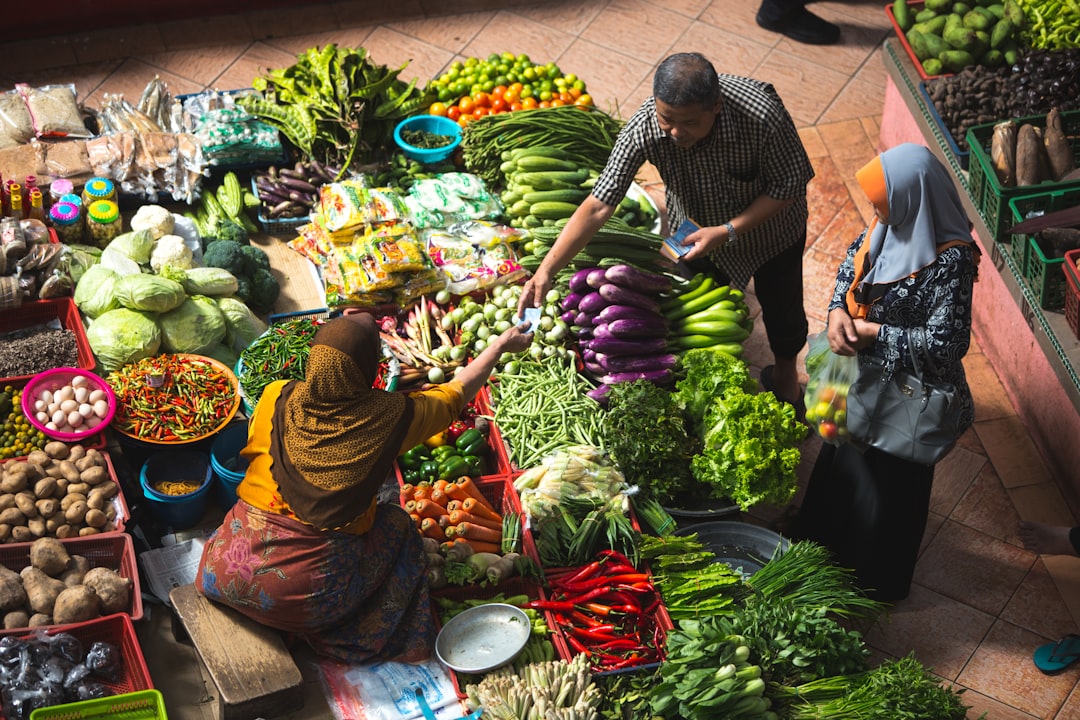Have you ever thought about how far your food has traveled before it reaches your plate? From strawberries flown in from halfway across the world to seafood shipped thousands of miles inland, much of what we eat today comes from distant places. This global food network may offer convenience and variety, but it comes with hidden environmental costs—particularly in the form of “food miles.”
In this post, we’ll explore what food miles are, how they impact the environment, and why choosing local food can be a powerful step toward a more sustainable future.
🚛 What Are Food Miles?
Food miles refer to the distance food travels from where it's grown or produced to where it's consumed. This includes transportation by truck, ship, plane, and rail—each mode contributing to greenhouse gas emissions.
For example:
-
A bunch of bananas might travel over 3,000 miles from a plantation in Central America.
-
Apples shipped from New Zealand to North America can cover more than 7,000 miles.
The further food travels, the more fuel is burned, the more emissions are released, and the greater the impact on the planet.
🌍 The Environmental Costs of Long-Distance Food
Global food systems rely heavily on fossil fuels, not just for transport but also for packaging, refrigeration, and storage. Here’s how that adds up:
1. Greenhouse Gas Emissions
Transportation accounts for a significant portion of the carbon footprint of food. While it’s not always the largest contributor (farming practices and land use can be bigger factors), for many imported goods—especially perishable ones shipped by air—transport emissions are substantial.
-
Air-freighted food can generate 50 times more emissions than the same food transported by ship.
-
In the U.S., food transportation contributes over 10% of total greenhouse gas emissions from the food system.
2. Packaging and Waste
Global shipping often requires additional packaging to preserve freshness and prevent damage. This increases plastic use and waste, much of which ends up in landfills or oceans.
3. Energy Use for Storage
Long-distance food often sits in climate-controlled warehouses or shipping containers. The energy used for refrigeration and storage further increases the food’s environmental footprint.
🌿 The Case for Local Food
1. Lower Emissions
When you buy local, you're reducing the number of food miles—and that translates to fewer emissions. A head of lettuce from a farm 10 miles away requires far less fuel to reach you than one shipped from another state or country.
2. Seasonal and Sustainable Eating
Local food tends to be seasonal, meaning it doesn’t rely on artificial growing environments or long-term storage. This naturally lowers energy use and promotes more sustainable agricultural practices.
3. Fresher, Less Processed Food
Because it travels less, local food often doesn’t require preservatives or heavy processing to extend its shelf life—another bonus for both the planet and your health.
4. Stronger Local Economies
Buying local keeps money in your community and encourages investment in sustainable farming methods. It also helps preserve farmland and open space near urban centers.
🍓 Local Isn’t Always Perfect—But It’s a Step Forward
It’s important to note that food miles are just one piece of the environmental puzzle. How food is grown (organic vs. conventional, monoculture vs. regenerative) often has a bigger environmental impact than how far it travels. For example, a tomato grown in an energy-intensive greenhouse nearby might have a higher carbon footprint than one grown outdoors and shipped from farther away.
Still, food miles matter—especially when paired with other sustainable choices:
-
Choosing local and organic when possible
-
Eating more plant-based meals
-
Reducing food waste
-
Supporting small-scale, regenerative farms
🧭 How You Can Reduce Your Food Miles
-
Shop at farmers’ markets or farm stands
-
Join a CSA (Community Supported Agriculture) program
-
Grow your own vegetables or herbs, even on a small balcony
-
Support local grocers that prioritize regional produce
-
Eat seasonally to avoid out-of-season imports
-
Buy in bulk to reduce trips and packaging waste
🌎 Every Bite Counts
Reducing food miles won’t solve climate change on its own—but it’s a meaningful, manageable way to start. By choosing local food when you can, you're not only cutting emissions but also fostering a healthier, more resilient food system.
So next time you pick up a tomato or a loaf of bread, ask yourself: How far has this come—and could I get it closer to home?
A greener plate begins with mindful choices—and every forkful is a chance to make a difference.

Comments
No comments yet. Be the first to comment!
You must be logged in to comment. Login